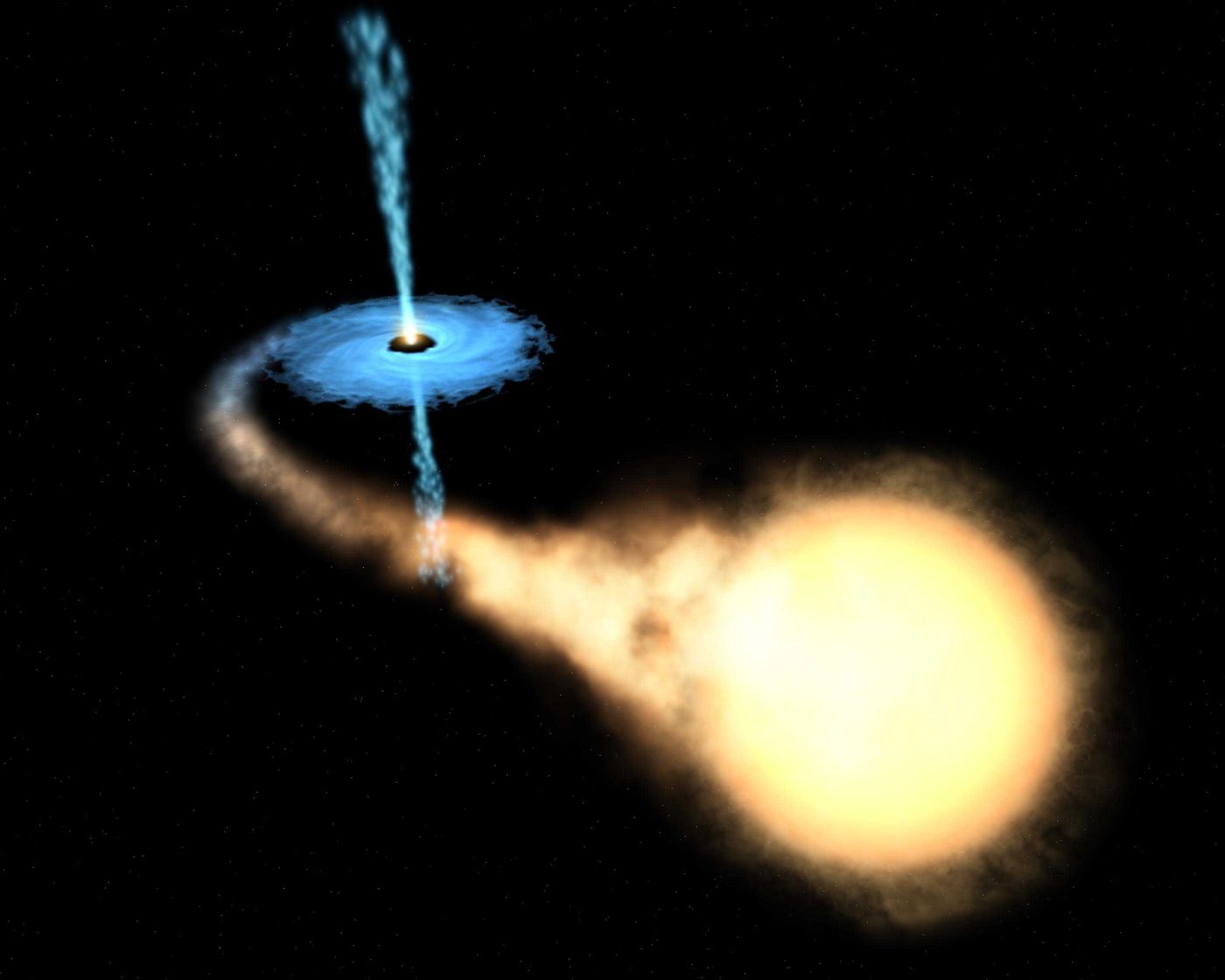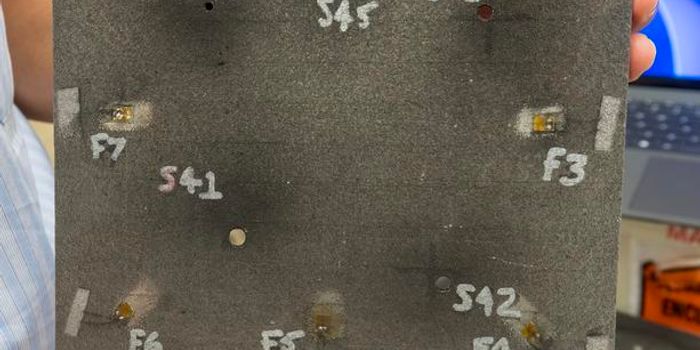Scientists Observe Black Hole Emitting Visible Light With Common Telescope
In a very notable event related to astronomy, a black hole has been observed emitting visible light with just a basic 20cm telescope, proving that high-tech X-ray telescopes and gamma-ray telescopes are not actually be required to observe certain forms of activity from black holes in our universe.
As reported in a study that was recently published in the journal Nature by Kyoto University astronomers, pulsing light was observable from the black hole for a good two weeks. Some pulses lasted minutes, while some lasted hours, but all of them were seen in the visible light spectrum with basic telescope equipment that any average Joe could purchase at an astronomy shop.

"We now know that we can make observations based on optical rays – visible light, in other words – and that black holes can be observed without high-spec X-ray or gamma-ray telescopes," Kyoto University’s Mariko Kimura explained in a statement regarding the discovery.
No activity has been recorded from this particular black hole, dubbed V404 Cygni, for a solid 26 years. Every few decades, it’s possible for black hole binaries to emit light in high-energy outbursts, and that’s exactly what was being observed by the researchers.
Light was emitted from the black hole’s surrounding disk and not the center of the black hole itself, which has intense gravitational pulls that even light can’t escape the pull of. Although the light probably started off as X-ray beams, the heat emitted by all the energy is what put off the visible light that scientists observed via telescope.
"Stars can only be observed after dark, and there are only so many hours each night, but by making observations from different locations around the globe we're able to take more comprehensive data," says co-author Daisaku Nogami. "We're very pleased that our international observation network was able to come together to document this rare event."
It’s noted in the study that the collaboration took hard work from astronomers across various time zones to keep observing the activity due to the fact that there are only so many hours during the night when the sky is dark enough to actually observe the activity.
Source: Nature








